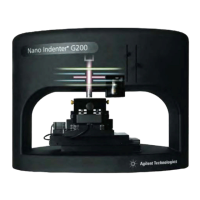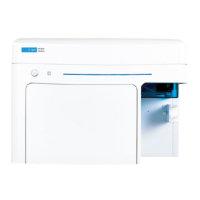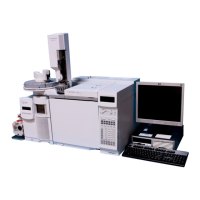7-1
Agilent Nano Indenter G200
User’s Guide
Agilent Technologies
7
Theory
Indentation Process Overview 7-3
Continuous Load-Displacement Data 7-3
Elastic Modulus of Test Material 7-5
Tip Materials Parameters 7-5
Determining the Contact Stiffness and Contact Area 7-6
The Power-Law Relation 7-6
Contact Depth 7-7
Projected Contact Area 7-7
Determining Contact Stiffness Dynamically 7-8
Frame Stiffness and Indenter Area Function Theory 7-9
Instrument Frame Stiffness: Indentation Definition 7-9
Frame Stiffness Summary 7-17
Determining Indenter Area Function 7-17
Area Function Summary 7-23
Diagnostics 7-24
Best Experimental Practice 7-28
Choosing an Indenter Geometry 7-28
Environmental Control 7-28
Surface Preparation 7-29
Testing Procedure 7-29
Calculations Using Raw Displacement and Load Data 7-30
Reference to the Point of Contact 7-30
Thermal Drift 7-30
Compensating for Deformation of the Load Frame 7-32
Compensating for the Force Exerted by the Support Springs 7-32
References 7-32
Instrumented-indentation testing (IIT) has been developed over the last
decade for the purpose of probing the mechanical properties of very
small volumes of material. IIT is ideal for mechanically characterizing
thin films, coatings, and surface layers. Because indents can be
positioned to within about 1 micron, IIT also provides the ability to map
the spatial distribution of surface mechanical properties with good
resolution; for example, one could map out the mechanical properties
within and around a weld site. Even when the material sample is
sufficiently large to be tested by other means, IIT often remains the
method of choice because it requires little sample preparation.

